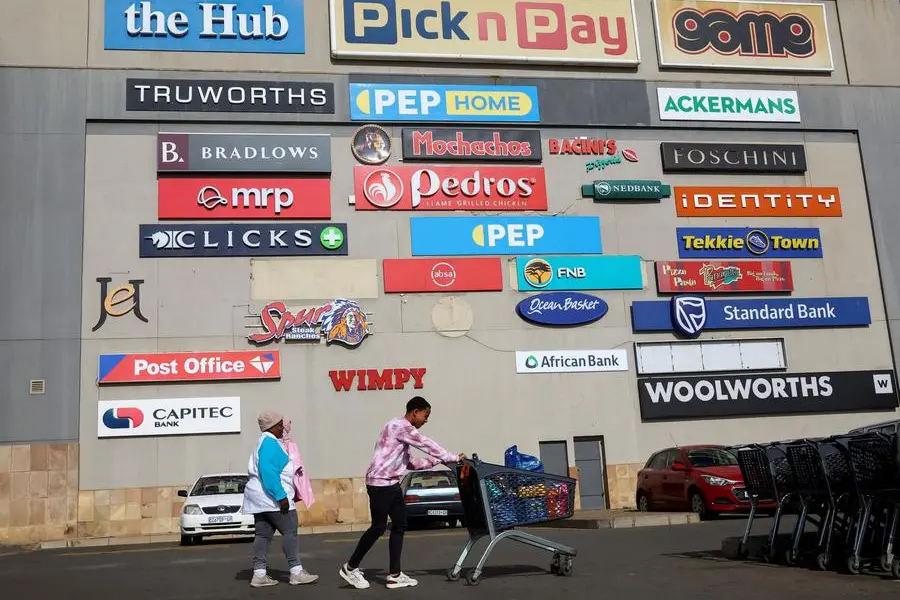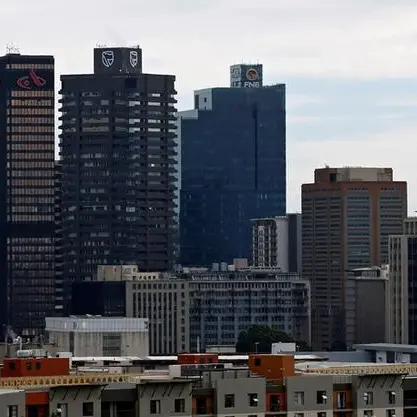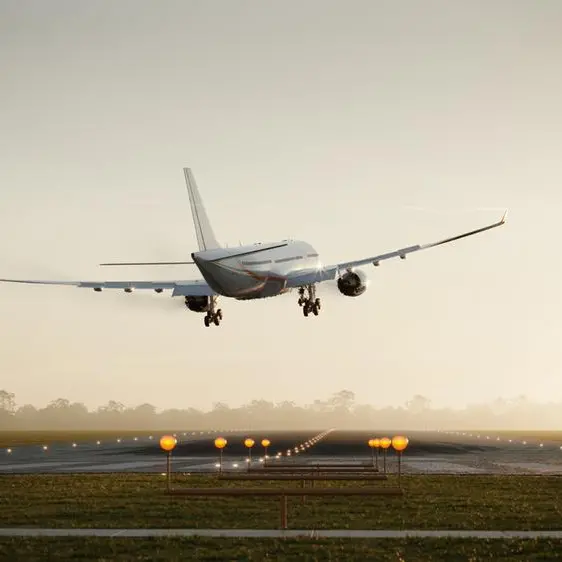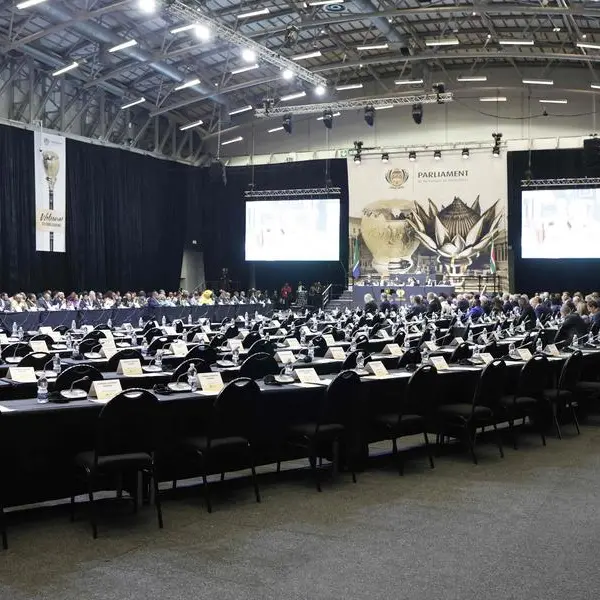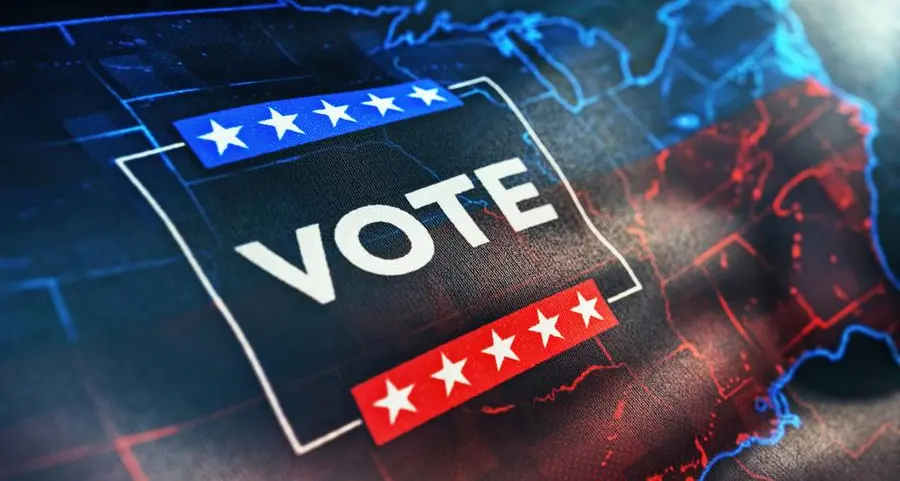PHOTO
Despite declining fuel sales, a new report by Trade Intelligence reveals a growing forecourt retail sector. The report examines the forecourt retail market, key players and shoppers.
As shoppers become increasingly time-pressured, convenience is a growing necessity, and South Africa’s forecourt stores have positioned themselves effectively to meet this need. Understanding the dynamics of this channel has thus become fundamental for FMCG suppliers and manufacturers wishing to capitalise on this growing sector.
A growing sector
An interesting paradox playing out in forecourts is that while fuel sales are declining, sales in their retail stores are growing:
- SA fuel sales have dropped -7.6% over 2022/2023 vs 2018/2019
- However, forecourt retail sales grew +8.5% in 2023 to R33bn (vs 2022 at R30.7bn)
- Fuel forecourt footprint has increased +14.5% over the last five years, i.e. +582 net new forecourts since 2019, indicating that fuel retailers are ramping up their focus on forecourt retail to supplement revenue
“As fuel sales continue to decline, non-fuel retail offerings are gaining prominence in the forecourt sector,” says Sandy Sutton, retail analyst at Trade Intelligence.
As such, the forecourt retail market remains a growing opportunity, with most fuel retailers expanding their footprint and in-store offerings, and some new players entering this space.
An exception is Shell, which recently announced its plan to divest some of its South African assets, including its 600+ service stations. This decision is not limited to South Africa, however, and is in line with a shift in Shell’s global strategy to divest retail fuel stations. Speculation is rife as to how things will play out exactly, but the 600+ forecourt stores will end up in new hands.
Fuel retailers expanding partnerships with food retailers
“Forecourt convenience stores have evolved into one-stop shops, with an increasing breadth of products, quick service restaurants and value-added services, often in collaboration with specialist retailers and suppliers,” says Sutton.
The numbers are telling – retail partnership forecourt footprint has increased +69% over last five years, with FreshStop (Food Lover’s Market) having the highest number of partnership locations at 348 within Astron Energy forecourts.
But what drives the shopper to a forecourt?
“Forecourt stores are increasingly associated with meeting immediate needs for on-the-go shoppers,” explains Sutton. Ease of shop and location are hygiene factors, but customer service can be a critical differentiator. And when it comes to driving fuel choice, rewards programmes dominate, with most fuel retailers now offering both proprietary and partnership loyalty programmes.
Another prominent focus is fast food. Sixty-eight percent of forecourt shoppers buy takeaways and the fast-food brand available is a big drawcard, with 66% of shoppers noting that the fast-food brand is important to them.
But what about the barriers? For those who do not shop at forecourt retail stores, their biggest ‘complaint’ is that they are too expensive. Overall, though, most shoppers perceive forecourt prices to be reasonable and many now expect good promotions at their local petrol station store too, not just their supermarket.
All rights reserved. © 2022. Bizcommunity.com Provided by SyndiGate Media Inc. (Syndigate.info).
